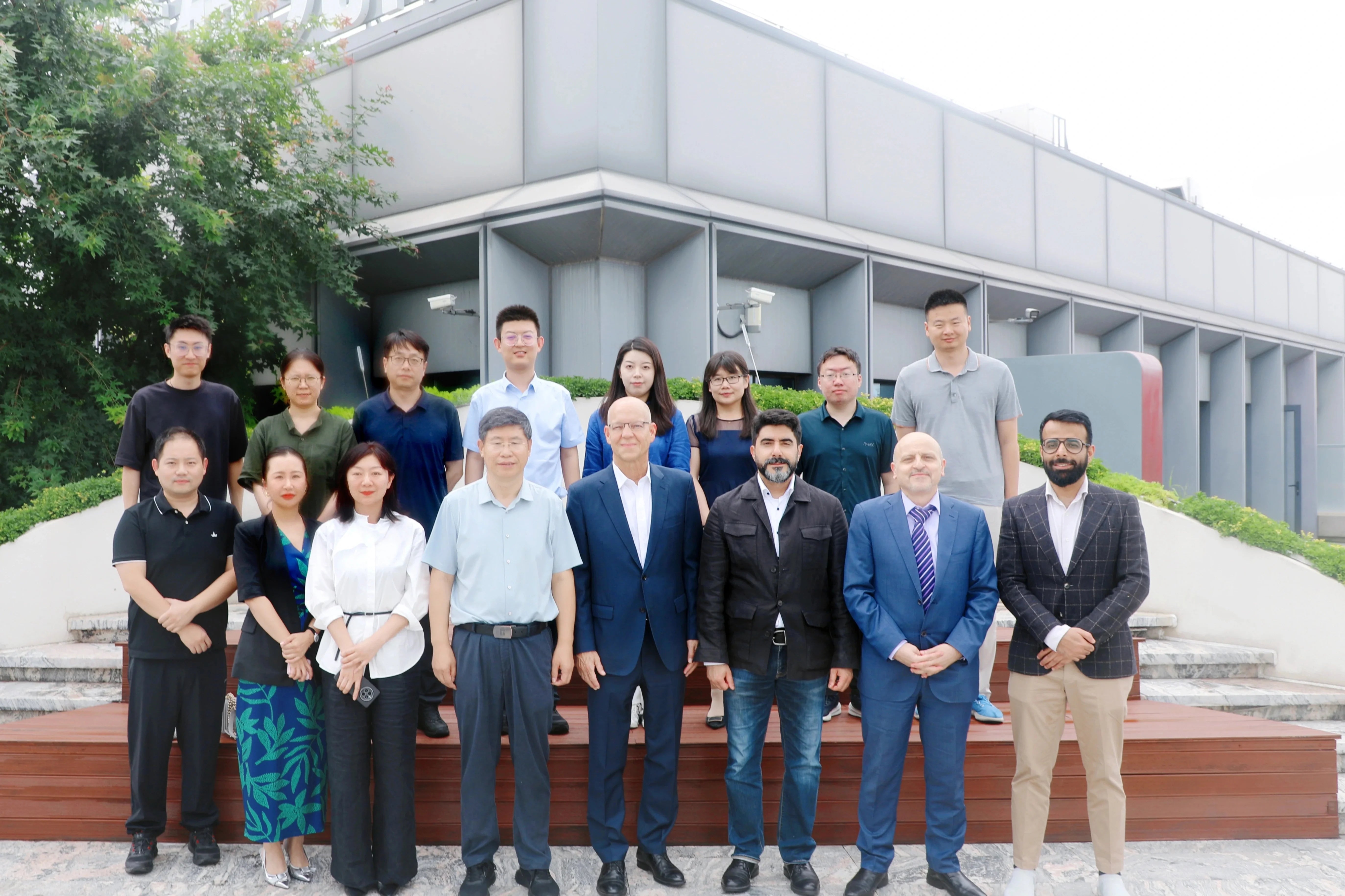Two-dimensional (2D) van der Waals materials with atomic-layer thickness exhibit layer-dependent quantum properties and have attracted widespread attention. Among them, bilayer and few-layer graphene possess highly tunable band structures, excellent electrical and optical performance, and outstanding mechanical and barrier properties, making them extremely valuable for next-generation applications.
However, the industrial-scale synthesis of 2D materials with precisely controlled layer numbers and uniformity has remained a long-standing challenge. The fundamental reason lies in the unique surface properties of 2D materials: lacking dangling bonds, their interactions with substrates and between layers differ significantly from bulk materials. This renders traditional epitaxial growth frameworks ineffective. Competition between lateral growth of existing layers and vertical nucleation of new layers further hampers true layer-by-layer growth. Additionally, weak interlayer interactions make it difficult to control layer orientation and stacking order.
To overcome these challenges, the research team and collaborators at BGI proposed an innovative edge-feeding synchronous epitaxy strategy. By designing a Cu–Cu₂O heterogeneous catalytic substrate, they enabled simultaneous nucleation and growth of multiple graphene layers, bypassing the limitations of traditional layer-by-layer epitaxy. This method allows for precise control over graphene layer number across large areas.
In contrast to the conventional "inverted pyramid" structure of multilayer graphene, this approach demonstrates a fundamentally different growth mechanism and enables the layer-controlled synthesis of 2–7 layer graphene films. Notably, BGI has become the first in the world to achieve A3-size (42×30 cm²) trilayer graphene film production with over 98% uniformity in ABA stacking and excellent mechanical performance.

Figure 1: Schematic of the edge-feeding synchronous epitaxy method and trilayer graphene growth results

Figure 2: Validation of the synchronous growth mechanism using ¹⁸O and ¹³C isotope labeling

Figure 3: DFT calculations illustrating the catalytic role of Cu₂O

Figure 4: Controlled synthesis of 2–7 layer graphene films

Figure 5: Industrial-scale fabrication and characterization of trilayer graphene
This synchronous epitaxy strategy offers an innovative and reliable pathway for the precision synthesis of layer-controlled 2D materials. The Cu–Cu₂O-based growth method, together with scalable processing technologies, provides a solid materials foundation for the industrial application of bilayer and few-layer graphene films.
The full study, titled “Edge-feeding synchronous epitaxy of layer-controlled graphene films on heterogeneous catalytic substrates”, was recently published in Nature Communications (2025, 16(1): 5490).
Read the original article





Leave a comment
All comments are moderated before being published.
This site is protected by hCaptcha and the hCaptcha Privacy Policy and Terms of Service apply.